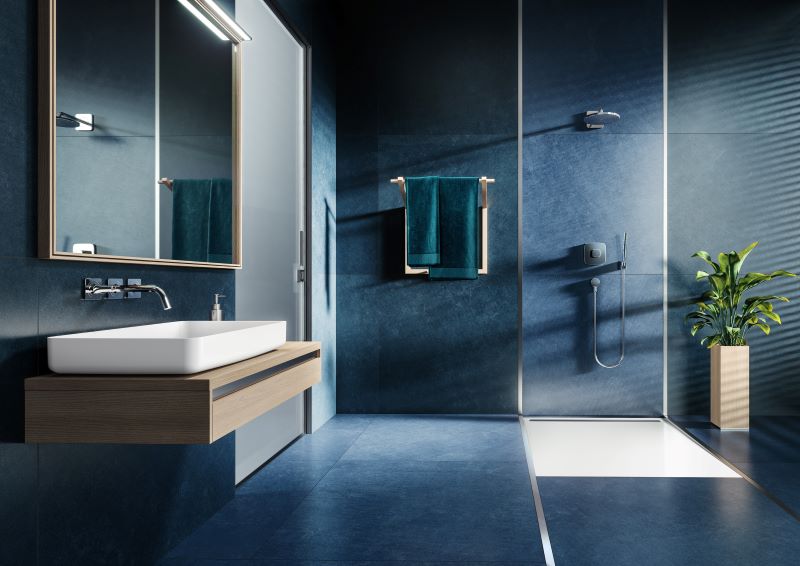The aim behind Earth Day has always been to reduce the consumption of plastic across the globe. This relates not only to bottles and packaging but to larger items too.
Bathrooms and the products we use in them are some of the worst offenders, from toothpaste tubes to bathtubs; we need to look at ways of reducing our consumption in this area.
Earth Day focuses on plastic reduction, and Kaldewei supports its ethos all year round not only by using sustainable raw materials but has a long-standing relationship with the World Wide Fund for Nature (WWF), sponsoring and working with the WWF’s ocean conservation programme specifically in the Mekong Delta in Vietnam to reduce the amount of plastic in the world’s oceans.
For over 100 years, Kaldewei has been manufacturing their 100% recyclable steel enamel sanitaryware. However, how do you ensure the products you want to use when designing a bathroom are sustainable? Do you look at the specific product – what is it made from, is it recyclable, and is it long-lasting? Or do you look at the project as a whole, asking questions such as is the bathroom in a passive house, an eco or green home, is it an extension or refurbishment? However big or small the project, you want the assurance that the result will be visually appealing and will not cause untold damage to the planet.
Sustainability has become something of a buzzword, but if you are truly looking for a sustainable bathroom, then it’s crucial that you or your designer don’t rely solely on established brands but actively seek out more information and demand independent certification from reliable third-party sources.
This is especially important as sustainable practices are not one-size-fits-all; whilst many will engage in sustainable initiatives, most brands offer a comprehensive range of different products. Not all will be made using the same production method or even in the same country.
However, today, everything is measurable, and there are ways you can reduce the carbon footprint of your project, such as avoiding air travel for you and the products you are sourcing, using water-saving technology and sustainable, recyclable products as part of the intrinsic design.
An EPD (Environmental Product Declaration) is a valuable tool when making decisions, as it is a standardised, independently verified report that provides transparent and reliable information on the environmental impacts of a product throughout its life cycle. More companies need to provide these as it will go a long way towards increasing sustainability and, in the long term, the circularity of products and projects.
Sustainability has been part of Kaldewei’s ethos for years, and they are continually looking at ways to improve; since 2021, they have been able to use both CO2-free blue mint Steel from ThyssenKrupp and CO2-neutral XCarb Green Steel from ArcelorMittal in its production. In addition to this they work with designers and on projects that share their green principles too. Their most recent launch was the OYO DUO bathtub, designed by Stefan Diez. Not only is it crafted using recycled steel, it has been designed to contain less water, which is also beneficial to the planet.
It’s not just the big manufacturing changes that they have made, the small changes count too, from heating and water consumption to website and packaging.
Packaging
Packaging is an important aspect of sustainability. It is needed to protect the product but not damage the planet, and there are several ways of using environmentally friendly products whilst reducing the amount of packaging material needed through intelligent design and the use of recyclable wooden pallets and cardboard instead of Styrofoam.



